Aschaffenburg, the happiest city in Germany
If the poll conducted by the Stern magazine is to be believed, the happiest place in Germany is Aschaffenburg. More than 80% of its residents are happy with their place of residence and don’t plan to change it – this is the highest index in the country. And if a German feels good in a place, a tourist will surely like it. Besides, Aschaffenburg deserves the title of a museum city. Here you will find various sculptures, memorial plates, wells and fountains on every step. Many of them appeared only in the last decades – but already took an honourable place in guidebooks. One such monument reminds that in 1904 the first German driving school was opened in the town. It existed only for two years but its memory lived…
Cafes, bars and restaurants in Aschaffenburg
See all
Restaurants
All sights in AschaffenburgSee all
Landmarks in the city Aschaffenburg

Johannisburg Castle
Museums and Exhibitions • Castles, Fortresses and Palaces
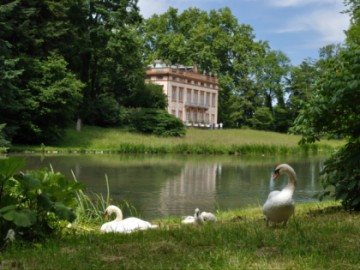
Schönbusch Park
Parks and recreation
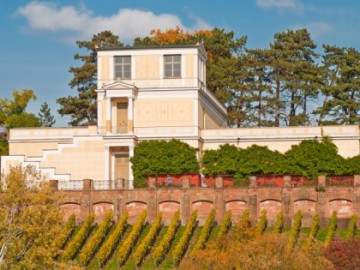
Pompejanum
Architectural Monuments
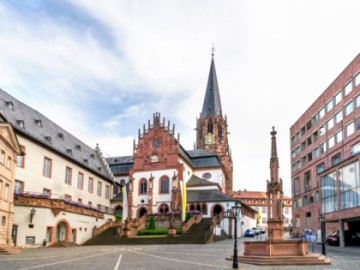
Church of St. Peter and Alexander
Architectural Monuments • Museums and Exhibitions

Town Residence Schönborner Hof
Museums and Exhibitions
Nearby
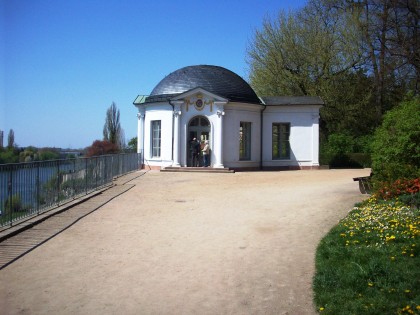






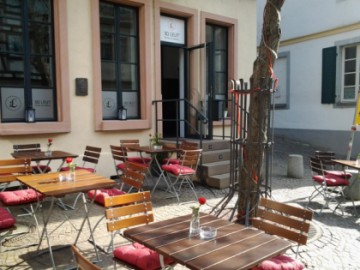
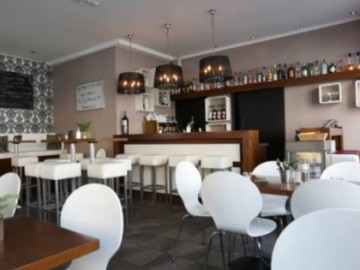
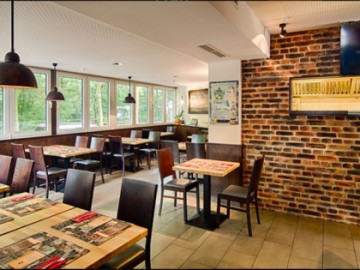

 Castles, Fortresses and Palaces
Castles, Fortresses and Palaces
 Parks and recreation
Parks and recreation
 Museums and Exhibitions
Museums and Exhibitions
 Architectural Monuments
Architectural Monuments